Research Reports By ASAC Members
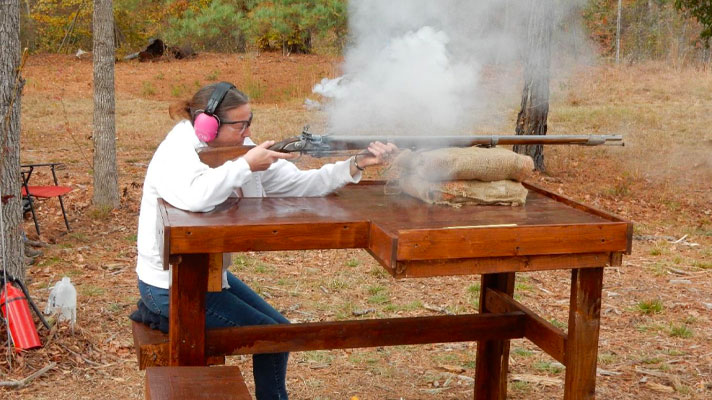
Colonial Era Firearm Bullet Performance: A Live-Fire Experimental Study for Archaeological Interpretation
Revised 2024, Douglas D. Scott, Joel Bohy, Nathan Boor, Charles Haecker, William Rose, and Patrick Severts.
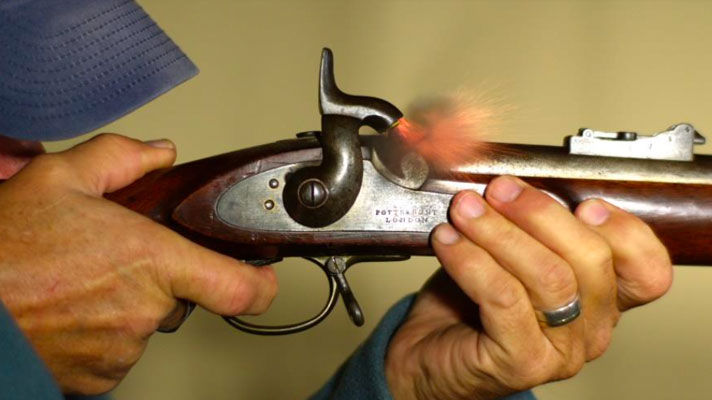
Firearm Bullet Performance: Phase II, Live-Fire Experimental Study for Archaeological Interpretation
Revised 2024, Douglas D. Scott, Joel Bohy, Nathan Boor, Charles Haecker, Peter Bleed, Patrick Severts, and William Lees.
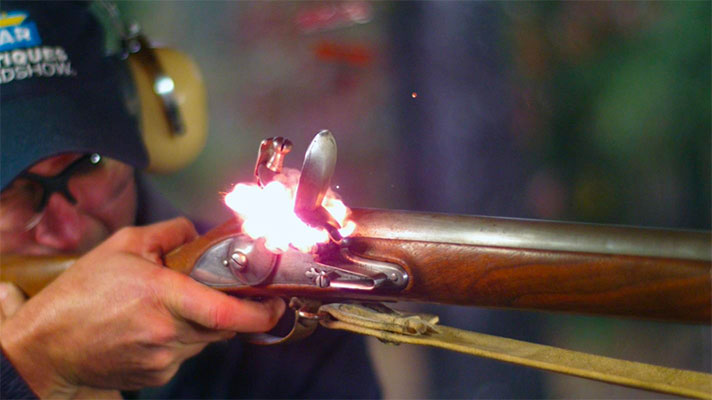
British Pattern 1756 Long Land Musket Bullet Performance: A Live-Fire Experimental Study to Validate Known Bullet-Struck Objects from the First Day of the American Revolution
This live-fire experiment was conducted to determine if we could replicate spherical ball-damaged objects surviving from April 19, 1775, the first day of the American Revolution. The standing structures damaged by gun fire on April 19 now exist amidst a modern built and modified landscape. To better understand the surviving bullet-damaged structures and objects we employed an experimental approach, a live-fire validation study to determine if we could replicate the damage we observed and recorded. Our data exhibits excellent correspondence with other ballistic performance models of Brown Bess muskets, further validating those models and allowing us to compare our data findings with various data sets. The shots fired at replica house walls, interior panels, window shutters, colonial powder horns, and a ballistic gelatin bust very closely duplicated the documented bullet strikes surviving from April 19, 1775. The validation study clearly demonstrates that the British Brown Bess musket had the capability to penetrate various media and cause the damage that is observed in the surviving architectural elements and objects.
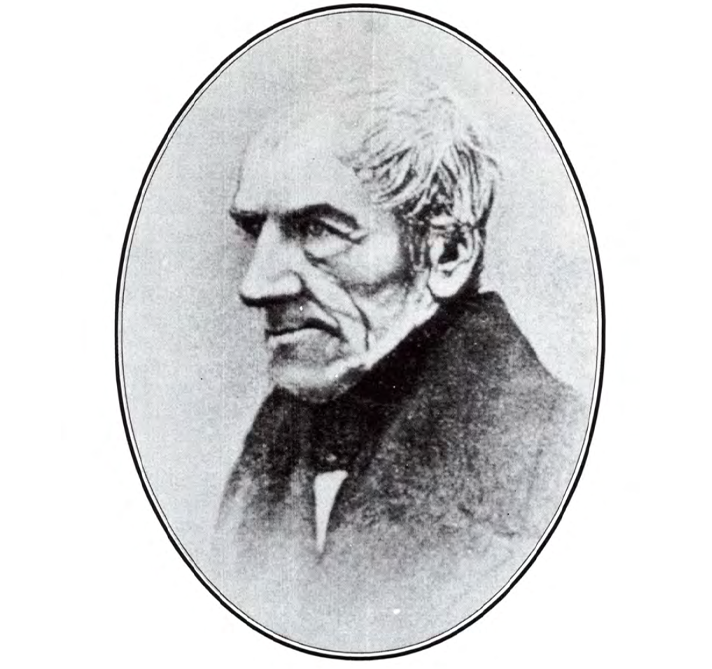
Early Percussion Primer Identification
Jim Gooding’s book EARLY PERCUSSION PRIMER IDENTIFICATION is the core literature for the collecting and study of all 19th century percussion primers (many primers shown and discussed in the book are in fact not “early”). Jim initially published and sold this as a perpetual Work in Progress, in a ring binder. Purchasers were “subscribers”, and Jim supplied replacement pages and new pages as his research continued. I doubt there’s a definitive “final edition”, and the PDF made available here on the ASAC website is a proper representation of Jim’s work. Jim published only 54 copies, making the book essentially impossible to find. It now has a home where everyone can read and consult it.

The Survival Files #1:
Starr’s Civil War Percussion Revolvers
The Survival Files six-article series analyzes and, for the first time, quantifies the rarity and survival rates of American percussion revolvers. It’s based on the database of British antique arms collector Philip Boulton, who has recorded serial numbers on over 85,000 percussion revolvers since 1970. The Boulton database included dozens of U.S. and British percussion revolver types, collected from U.S., U.K and other international sources. These include museums, auction houses, firearms publications, historical literature, gun catalogues, gun shows, online sales, private collections, and other serial number collectors. These six articles
were first published in The Texas Gun Collector in 2019, 2020, and 2021.
This first entry in the Survival Files series analyzes data on the three models of Starr Civil War-era percussion revolvers. It discusses the history of the guns, refines their previously published production estimates, and quantifies for the first time their known survival rates (KSRs) for both the Civil War and the decades since. These guns had very high rates of Civil War survival at 32% for the Starr Navy and 64% for the two Army models. Current known survival rates, conversely, are low at just 2.9% – 5.4%. The fate of those that survived the Civil War is also addressed.

The Survival Files #2:
The Freeman, Pettengill and Rogers & Spencer Percussion Revolvers
The Survival Files series analyzes the rarity and survival of American percussion revolvers. It’s based on the database of British antique arms collector Philip Boulton, who has recorded serial numbers on over 85,000 percussion revolvers since 1970. Survival Files #2 analyzes data on three American percussion revolvers—the Freeman, the Pettengill, and the Rogers & Spencer. These guns have deep historical linkages. It discusses the history of the guns, refines their previously published production estimates, quantifies for the first time their current known survival rates (KSRs), and discusses the major factors affecting their survival. It also includes a Note on the Statistics and Serial Number Databases, which addresses the variable pace at which serial numbers have been recorded in the Boulton database, the calculation and value of the Stability Index, and serial number registries.
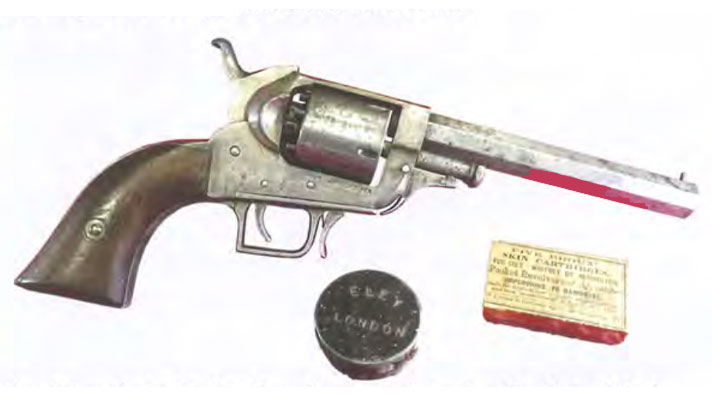
The Survival Files #3:
Rarity and Survival of the Whitney Percussion Revolvers
2020, Jeff Goodson and Philip Boulton
The Survival Files series analyzes the rarity and survival of American percussion revolvers. It’s based on the database of British antique arms collector Philip Boulton, who has recorded serial numbers on over 85,000 percussion revolvers since 1970. Survival Files #3 analyzes data on the nine models of percussion revolvers produced by Eli Whitney, Jr. from 1850–1867. It discusses the history of the guns, refines their previously published production estimates, and calculates for the first time the known survival rates (KSRs) for the last three models that Whitney manufactured—the Navy, Pocket and New Model pocket or “Root” revolver. It examines how closely the known survival rates of these three models approximate their true survival rates, and discusses the major factors affecting their survival.
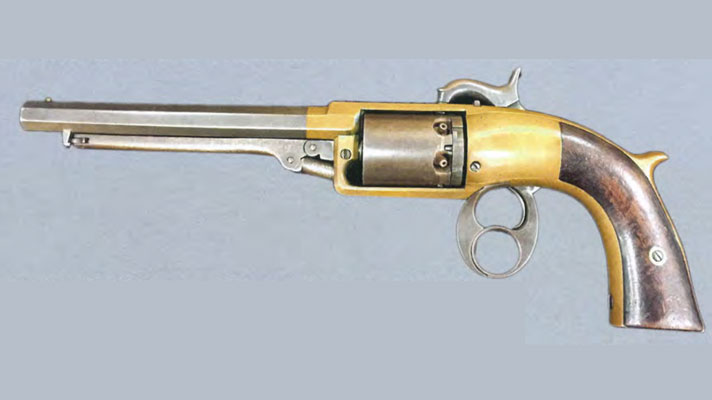
The Survival Files #4:
Rarity and Survival of the North & Savage, Savage, and Alsop Percussion Revolvers
2020, Jeff Goodson and Philip Boulton
The Survival Files series analyzes the rarity and survival of American percussion revolvers. It’s based on the database of British antique arms collector Philip Boulton, who has recorded serial numbers on over 85,000 percussion revolvers since 1970. Survival Files #4 analyzes data on the eight models of percussion revolvers produced by North & Savage, the Savage Revolving Firearms Company, and C.R. Alsop. It discusses the history of the guns, refines their previously published production estimates, and calculates for the first time their known survival rates (KSRs). It examines how closely their known survival rates approximate their true survival rates, estimates how many guns remain unrecorded, and discusses the major factors affecting the survival of the guns.
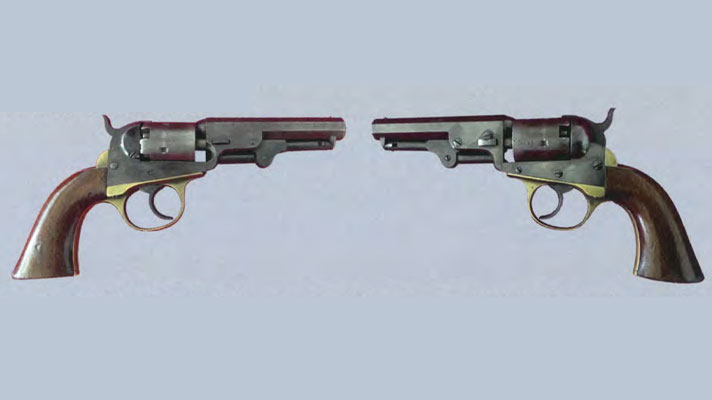
The Survival Files #5:
History, Rarity and Survival of the Cooper and Metropolitan Percussion Revolvers
2021, Jeff Goodson and Philip Boulton
The Survival Files series analyzes the rarity and survival of American percussion revolvers. It’s based on the database of British antique arms collector Philip Boulton, who has recorded serial numbers on over 85,000 percussion revolvers since 1970. Survival Files #5 analyzes data on the percussion revolvers made by J.M. Cooper & Company and the Metropolitan Arms Company in the 1860s. It discusses the history of the guns, refines their previously published production estimates, and calculates for the first time their known survival rates (KSRs). It examines how closely their known survival rates approximate their true survival rates, estimates how many guns remain unrecorded, and discusses the major factors affecting the survival of the guns. The article includes a rack-up of production, Stability Index and survival rate data for 27 percussion revolvers analyzed in Survival Files #1-#5.
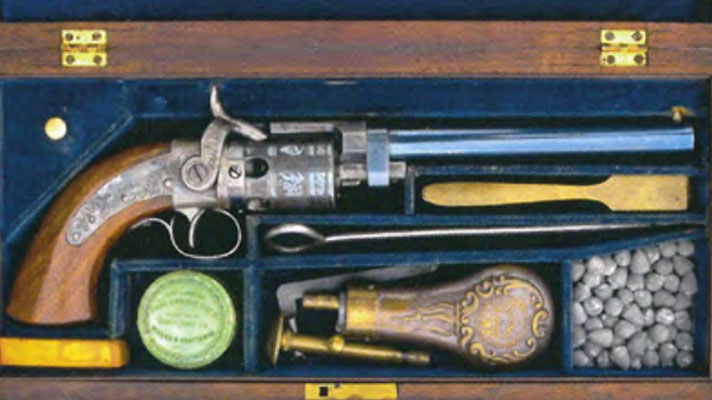
The Survival Files #6:
History, Rarity and Survival of the Manhattan and Massachusetts Arms Percussion Revolvers
2021, Jeff Goodson and Philip Boulton
The Survival Files series analyzes the rarity and survival of American percussion revolvers. It’s based on the database of British antique arms collector Philip Boulton, who has recorded serial numbers on over 85,000 percussion revolvers since 1970. Survival Files #6 analyzes data on the Pocket and Navy model percussion revolvers made by the Manhattan Fire Arms Manufacturing Company, and the Maynard-primed and Adams revolvers made by the Massachusetts Arms Company. It discusses the history of the guns, refines their previously published production estimates, and calculates for the first time their known survival rates (KSRs). It examines how closely their known survival rates approximate their true survival rates, estimates how many guns remain unrecorded, and discusses the major factors affecting the survival of the guns. The article includes a rack-up of production, Stability Index and known survival rate data for 36 percussion revolvers analyzed in Survival Files #1-#6.
